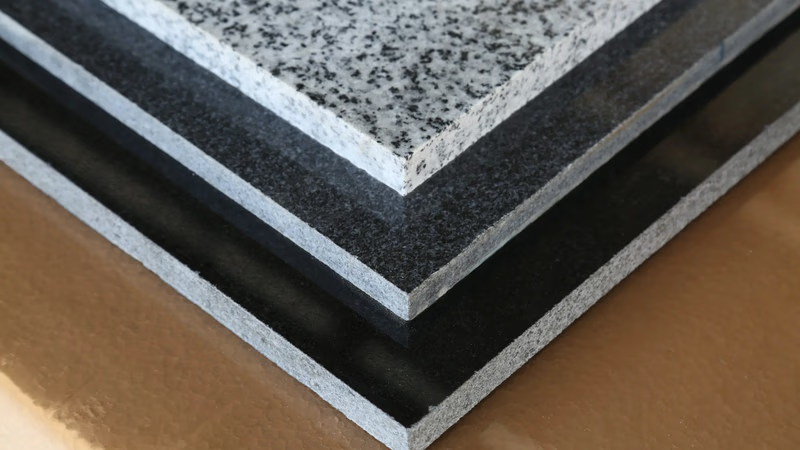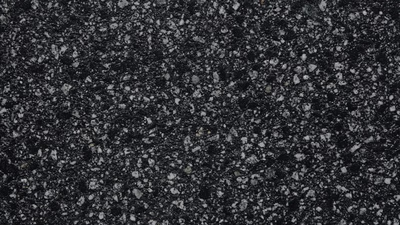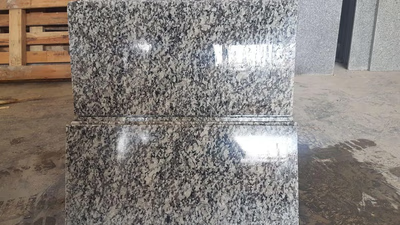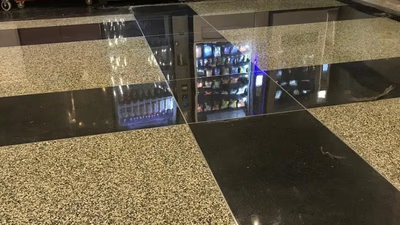
Diverse colors of West Asian granites enhance architectural beauty.
West Asian granites are quarried from various countries in the region, including Saudi Arabia, Iran, Turkey, and Egypt, among others. Each country offers a distinct range of granites with different colors, patterns, and mineral compositions. These granites have been formed over millions of years due to geological processes in the region. Middle Eastern granites come in a diverse array of colors, reflecting the region's geological diversity. Common colors include shades of beige, brown, gray, and pink, often with intricate patterns and veining. These color variations allow for a wide range of design possibilities and aesthetic choices.
Middle East is a rich region in terms of stone mines; because different types of it can be extracted from mines in different countries and used for different purposes. Granite is also one of the stones whose mines are found in cities such as Khorram Dareh, Birjand, Hamedan, Mashhad, Natanz, Gilan, Toos, Nehbandan, Yazd and Zanjan. The design and color of this product are different in each region, and this is a great advantage for the country, which eliminates the need to import this stone. Variety of Designs and Colors Granite is available in nature with a high variety of designs, colors and textures, and this has led to the use of this material to beautify the building.
Granite has a unique beauty without the need for design, and its various colors offer countless options for consumers to choose from. Using this product, you can easily create harmony in the space and enjoy its color harmony with other elements in the space. Gray, white, black, green and red are among the most common colors of granite. Durability and Longevity Granite is an example of a type of building stone that shows the necessary performance in a wide range of applications without changing its structure or color. To use this material, it is enough to cut it to the desired dimensions after extraction and transfer to stone cutting.
Such a stone is hard and durable, but at the same time it is flexible and if it is under pressure or wear, it will not be damaged. The price is right This product has a more reasonable price compared to other samples; because its resources are found in abundance in the country. Also, maintenance costs are lower. Compatibility with Other Materials Using this stone, unique designs can be achieved in the architecture industry. One of its obvious advantages is its ability to be used with other materials such as steel, wood and glass. Therefore, it can be considered as a complementary material for the building; because it retains its beauty and personality well and is compatible with other materials. Heat Resistance The strength of this material against high heat is excellent, so it is used to make kitchen countertops; because hot dishes can be placed on it without any worries.
Environment Friendly Granite is a raw material that is extracted from natural resources, so unlike other materials, it does not require much cost and time to produce. This material is durable, renewable and can be recycled even years after use. Resistance to Water Penetration Rock granite is non-porous, and shows very high resistance to water penetration. This product is used to make toilet sinks, kitchen sinks, counters and floors; because water and moisture will not destroy its resistance. Corrosion Resistance This stone is very resistant to corrosion, so if chemicals are poured on it, it will not be damaged. Resistance to Scratches and Abrasion This material is a hard and very resistant material that is invulnerable to scratches and scratches. This stone is a good choice for stair stone; because it does not suffer from abrasion due to constant travel.
West Asian granites are known for their durability and strength, which make them suitable for various construction applications. They have excellent resistance to wear, weathering, and chemical exposure, ensuring their long-term performance in different environments. Middle Eastern granites are utilized in a variety of architectural applications. They are commonly used for interior and exterior cladding, flooring, countertops, and decorative elements in both residential and commercial buildings. These granites add a touch of elegance and sophistication to spaces and can be polished to a high sheen or left in a natural, textured finish.
West Asian granites have cultural significance in the region. They are often used in the construction of historical monuments, mosques, palaces, and other important structures, reflecting the rich architectural heritage of the Middle East. These granites contribute to the preservation of cultural identity and serve as a link to the region's history and traditions. With growing awareness of environmental concerns, the quarrying and processing of West Asian granites have also been influenced by sustainability practices. Efforts are being made to minimize environmental impacts, promote responsible quarrying, and implement efficient waste management processes.



